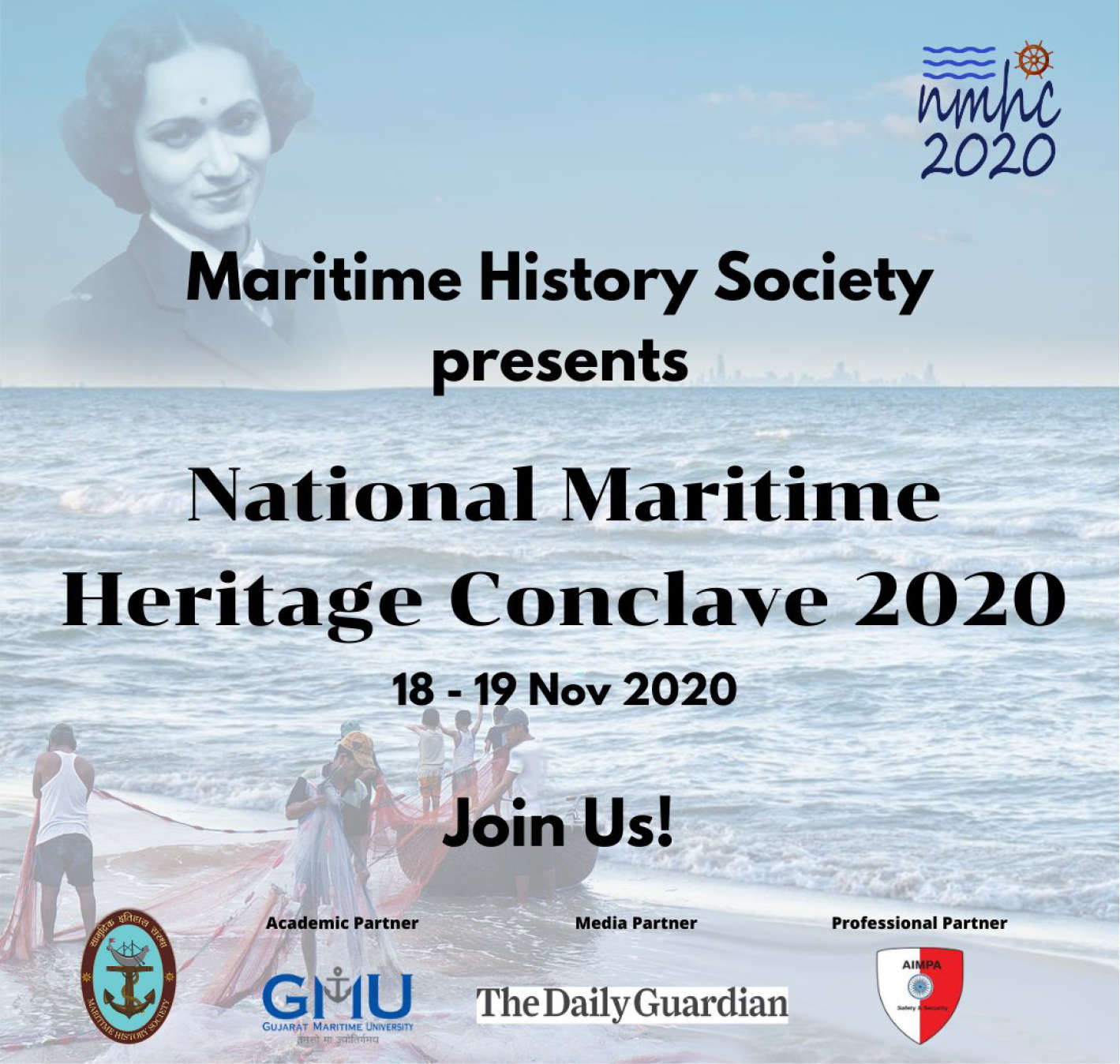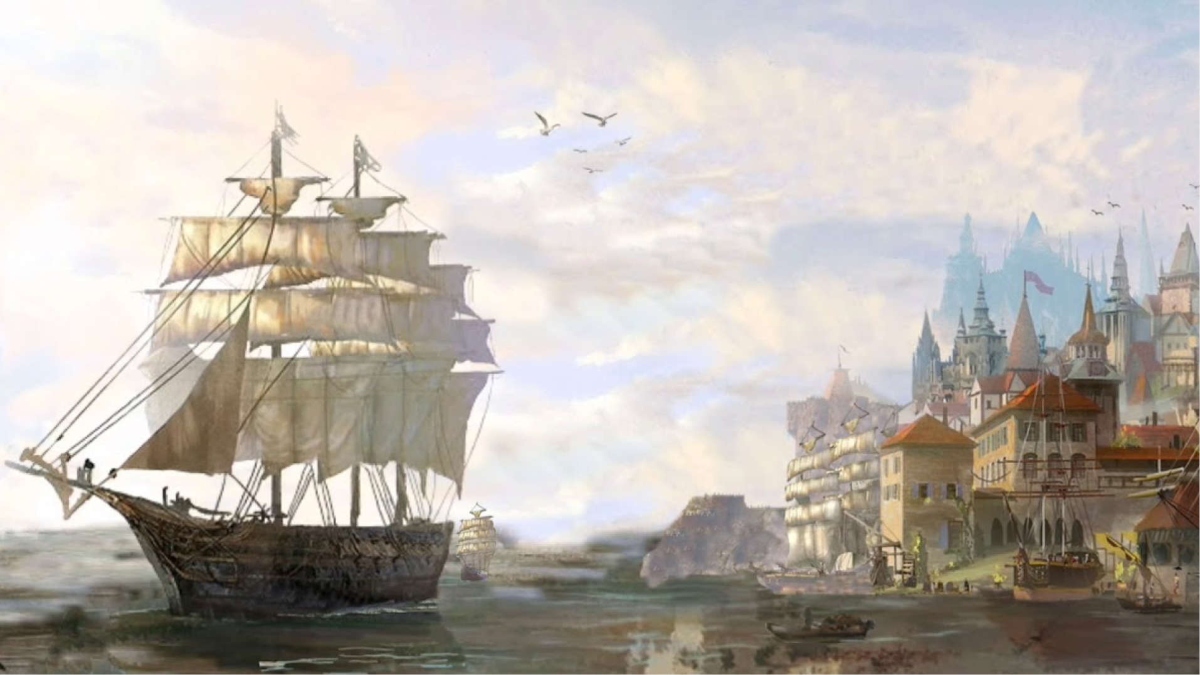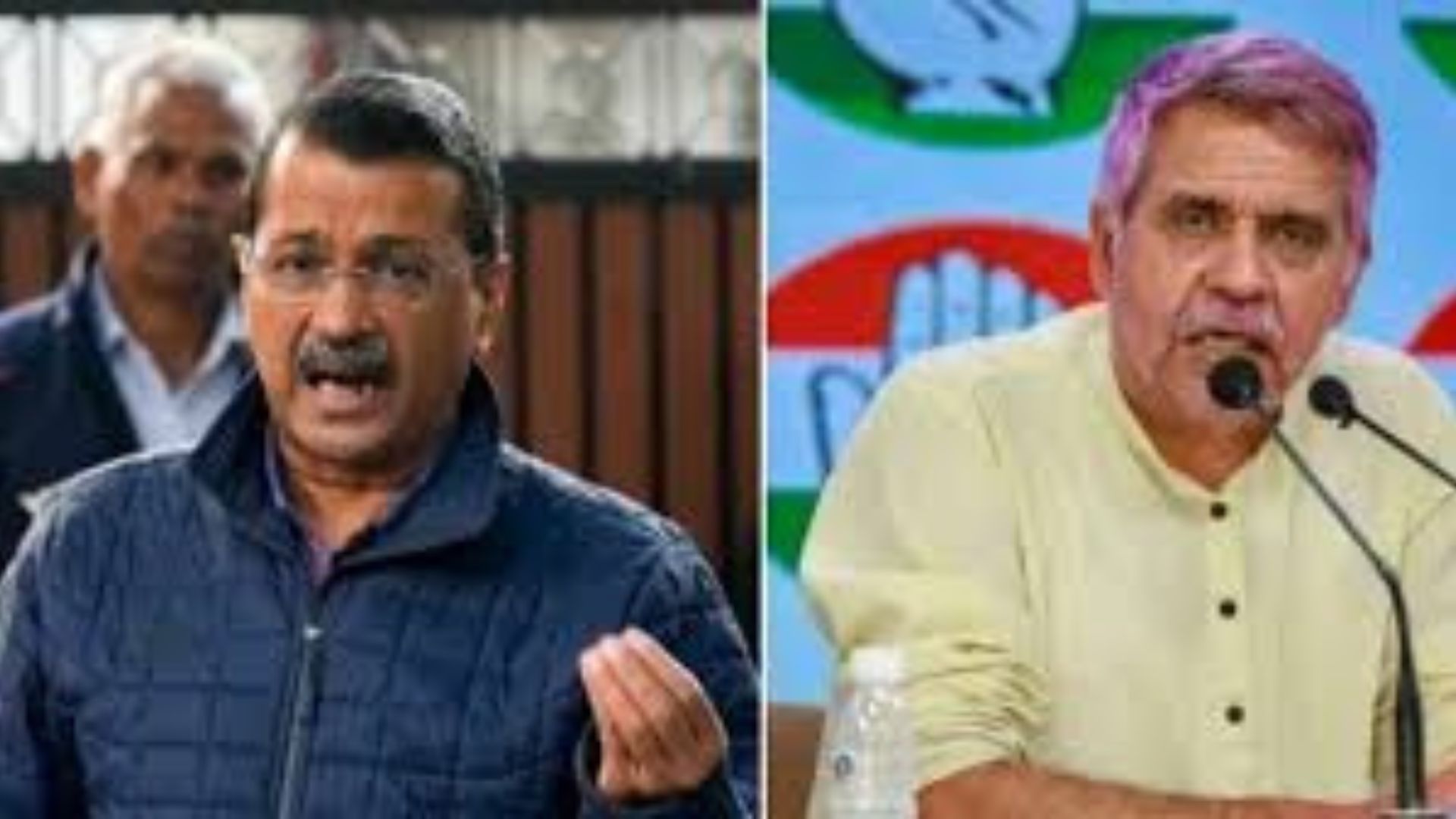In the words of Late Prof B. Arunachalam, “Long before man learnt the art of saddling a horse, he had learnt the skills of paddling in waters.” Eventually, man became more terrestrial. An increasing sea blindness directed our attention to the mainland. Yet, flourishing movement and migration, trade and commerce and cultural exchanges have an undeniable maritime connect. Sufficient literary and epigraphical evidence offers a panoramic view of India’s rich ancient maritime history which has waxed and waned. Indians by no means stopped sailing altogether or deviated entirely from the maritime medium. Maritime Studies is a multi-frame space gaining momentum in academic deliberations. India, a maritime nation is surrounded by oceanic expanse on three sides and must own the rich maritime heritage and legacy we withhold. There is an imminent need to reset the frames of our history with the full spectrum of maritime consciousness.
It is time to introspect India’s engagement with the Indian Ocean and understand conventional and emerging perspectives on nautical activities in the Indian Ocean region. Remnants of material culture that can be found in distant shores testify to the maritime trade links and the subsequent cultural engagements. The Indian Ocean is the third-largest body of water in the world, covering about 20% of the Earth’s water surface. It provides major sea routes connecting the Middle East, Africa, and East Asia with Europe and the Americas. Peninsular India is the most prominent geographical feature in this oceanic space, even as these waters wash the shores of the entire East Coast of Africa, the South Coast of Arabia, the Southern shores of Iran and Baluchistan, the Malaysian Peninsula and Indonesia’s Sumatra. Indian Ocean has always been regarded as an area of great geopolitical significance and India its centre of gravity. Unique feature of the monsoons and a distinct civilisation around this Ocean enhanced maritime activity and traditions in this region. Centuries prior to seafaring in the Aegean Sea, the littoral states of peninsular India had already built up their oceanic traditions.
Research studies and material evidence affirm the presence of a flourishing Sindhu-Saraswati civilisation. Indian maritime history recognises Lothal is the link between the settlements in then Harappa, current Gujarat and a time lapse across the region. The excavation and discovery of Lothal was a result of the need for exploring India’s ancient past. A testimony to the maritime prowess of the Indians, Lothal continues to add to our national memory of our maritime past. The efforts to develop a National Maritime Museum in the vicinity of Lothal is eagerly awaited as the coalescing of long overdue material tribute to a significant legacy.

Tamil Sangam literature of a few centuries before and after the Common Era, especially Silappadikaram and Manimekhalai, testifies to the great overseas trade of the ancient Indian mariners. The Indo-Roman trade was a very intensive maritime venture. There was an established maritime trade network in India. Maritime trade was regulated by the merchant guilds that played a crucial role not just in maintaining trade-inland and overseas-but also provided proper protection to the commodities and actively participated in the development of the places that they traded from.
From the West to the East, Indians dominated the Indian ocean waters with their navigational expertise. We have the account of the Cholas who subjugated the Sri Vijayans and established their control on trade routes which shows the understanding of the geo-politics and foresight in order to improve their monetary benefits. The naval expeditions of the Cholas should be studied as with the ones that were undertaken due to motivation for removal of interference from the flourishing Chola Maritime trade establishing their supremacy in the Bay of Bengal region.
India has a sociological lineage of seasonal festivals and associated rituals among certain coastal communities that had a flourishing maritime practice that compensates for the lack of literary and documented sources. A few of these indicate India’s clear maritime connect with countries afar. The festival of Boita Bandana celebrated on the Odisha coast during Kartika Purnima is a classic example of it. We tend to neglect the voice of the subaltern communities along the coast who essentially have been practitioners and guardians of the traditional maritime legacy. These communities harnessed essential nautical skills with multi-dimensional maritime knowledge to build a framework of sea-mindedness that is still to fully emerge.
Amidst a turbulent socio-political metamorphosis of hinterland rulership through the medieval era, one can notice that a sea-going nation is suddenly found challanged in the clutches of social taboos like Kalapani and people begin to dread crossing seas or water bodies because such an act was tantamount to losing one’s respectability. By and large, the shipping and maritime sector remained largely confined to the coastal communities with their practice diminishing from large trade to fishing for subsistence. The space vacated by Indian mariners was filled in the oceanic routes by Arabs, Malays and the Chinese. In the aftermath of this confluence of oceanic interactions there is a watershed moment with the European advent in India. It brought in a period of conquest, commerce and colonisation. Indian history and historiography changes.
An era of native maritime resurgence spans across the Malabar and Konkan Coasts. Heroic instances of the Kunjali Marakkars to Sarkhel Kanhoji Angre’s strong Naval fleet, and unsung accounts of Colachal and Rani Abakka together point out to our extensive maritime valour. Sadly, these regional histories are only now emerging on a nationwide framework. The unrecognized and silent brave hearts who played a vital role in our ancient past deserve all accolades for their sheer administrative and governance ingenuity and for us to learn from their mistakes and omission of those in present times for a better future.
In modern times, we see a resurgence in Indian shipping sector from shipbuilding that reached a new zenith under the Wadia shipbuilders to the making of the indigenous state-of-the-art vessels. Post the transition from steam to steel vessels, our indigenous shipbuilding industry did incur a severe setback. Although there is a decline in the art of making traditional ship-crafts, with proper support, we can ensure its sustainability. Today, we have a renewed sense of pride about the Make-in-India initiative, but it was said and done by the the Indian Navy, with the saga of INS Ajay, the Nilgiri Class and the amazing Godavari series. That is a story of genuine maritime pride.
India’s geographic location in the Indian Ocean naturally renders the Indian Navy as one of the key players in the region, and an important partner for the Indian Ocean community to keep the area stable and secure. The Indian Navy continues to protect our water frontiers and safeguards our maritime interests. India has one of the largest fleets in the world today that continues to commission a number of indigenously built vessels, warships and submarines in service.
Concepts have been interpreted differently by historians at different times to give a comprehensive view of the past. We are familiar with political history, social history, economic history and administrative history. Maritime history is a larger and inclusive canvas, which has been gaining momentum and currency these days. The seas and the coast have drawn fresh focus by several Indian historians who are interested in understanding the transitions and intrusions of Maritime History. The study of oceanic space enables us to come closer to the crucial dynamics of our journey through time. Knowledge and skill-based examination with community practices will enrich the enquiry into India and the Indian Ocean studies. It has relevance in the exchange of culture, the establishment of political power, the dynamics of society, trade and commerce and religion of these areas.
One challenge that India faces is to reset the apathy towards our maritime past in the context of the huge groundswell of interest. There is a dire need to enhance a maritime consciousness amongst people. We have to explore the myriad opportunities and lessons that the sea has to offer through multiple disciplines that are untouched and untold. It’s a long way and we have a proactive role to play in exploring, conserving and passing the legacy of the maritime heritage of India. With a renewed sense of maritime consciousness, we can relook at the traditional narratives that have shaped our history and historiographies; the application of a sea minded approach can help us look at how the maritime medium has influenced all walks of our life.
We, at Maritime History Society, take pride in being a premier institute in what can be called as an established legacy for matters maritime. An article in a leading daily that bemoaned the lack of attention to the preservation of our maritime heritage was all that it took to stimulate and germinate an idea that led our Founder Chairman & Patron Emeritus Late VAdm MP Awati (Retd), PVSM, VrC to start the Maritime History Society on 12 May 1978. With a view to promoting a learned understanding of the vast maritime expanse and the rich Indian maritime history, the journey began forty years ago. Today the Maritime History Society has crossed four decades; much more than what was originally expected. It has conducted over a hundred monsoon lectures and has published more than 20 excellent works on Indian Maritime History with some more projects in the pipeline. It continues a rich journey of promoting Indian maritime wisdom through a variety of means and services.
MHS holds seminars and leads initiatives to showcase the maritime heritage and share its research and collaborate with eminent scholars in the maritime domain. Maritime Research is a continued effort. Keeping this in mind, MHS Manthan- our in-house Research initiative got underway to promote research and writings in maritime history. The vibrant team at MHS faced initial setbacks during the pandemic and lockdown. But, in their resolve to promote a maritime consciousness, the obstacles were turned to opportunities. Right from putting up interesting content through Blogs, short Vlogs to conducting webinars, MHS also continued the traditional Monsoon Series Lecture that has been an annual routine albeit it was the first time it was on a digital platform; conducted as a four-part Monsoon Musings series that remains available on our website and social media platforms.
Today, MHS seeks to draw attention to the lesser-known snippets from the Indian Maritime history that remain unsung or are barely mentioned as a footnote in the annals of our Indian history and their role in India’s long maritime past. There is a wide chasm in our historical narratives as it overlooks and undermines the subaltern narratives of the coastal communities. Oceans are our Great Commons and it is important to look at all the aspects it touches. When six Indian Naval Officers; an all-women crew circumnavigated the globe in INSV Tarini, history was created. They defied all odds and proved that Sea knows no gender. Defying the social construct of gender, their momentous feat also broke the barriers of sailing and navigating that was an all-male business.
Another important aspect of seafaring history is maritime connectivity in the Indian Ocean. It becomes vital as it has garnered renewed focus over the last few years. Despite the fact that seas and oceans have always had an impact on civilisations, for many decades during the latter half of the past century the attention of states had shifted from a maritime perspective to a continental one. Several factors such as the growing economic interdependence in the post-globalisation world, the rise of China, and India’s slow but steady presence in the strategic scenario have brought the significance of maritime connectivity back to the fore. Within the IOR, maritime connectivity holds the key to act as the forerunner for enhanced bilateral and multilateral engagement. Indian commitment to a ‘Free, open and inclusive Indo-Pacific’ builds further from ‘Act East’ policy and enhances ‘Security and Growth for All in the Region (SAGAR)’ approach as envisioned by India are gaining traction. In this context, convergence and collaboration explicate the importance of maritime connectivity.
This is the century of the seas, with multiple sea-based trade conduits connecting the states, compounded with the constantly increasing significance of the maritime chokepoints and the international sea lanes. The concept of ‘Maritime Consciousness’ has been gaining prominence among the various jargons used in the maritime domain. Any country seeking a strong influence in the global high table must remain committed to ensure the security of the seas and sustainably exploit marine resources. Efforts for preserving good order at sea to realise this common interest has found momentum across the globe. Achieving maritime consciousness, covering awareness, immersive engagement and skilful harnessing the dimension, can genuinely catalyse such efforts. Being a country, which is excessively reliant on the maritime trade routes, the need to develop a comprehensive maritime consciousness has been critical for India.
Maritime History Society, India as an organisation has envisaged on following important aspects
•To promote awareness of and debate in all aspects of India’s maritime interests, especially in the field of naval, geo-strategic, maritime history, Shipbuilding and heritage.
•To generate awareness of and research in India’s maritime heritage and related history.
•To foster an environment of informed maritime opinion among the various maritime interests pertaining to history and archaeology
•To engender awareness for Maritime Sustainability and Consciousness.
With the regular Annual Maritime Seminar scaled up to the first National Maritime Heritage Conclave, the objective is to stimulate deliberations on the under-explored dimensions of Indian maritime history and enhance the direction of maritime history as a discipline in India so that it may include areas neglected previously. A two-day National Maritime Heritage Conclave 2020 is envisaged on the theme of “Exploring Unsung Frames in Indian Maritime History” on 18-19 November 2020 from 1000h to 1300h on both the days. The online Conclave is curated around the themes of Coastal communities, Gender in Maritime history and Trans-maritime connectivity in the Indian Ocean Region. It has a vibrant lineup of deliberations that includes established academicians who have contributed to the vast body of knowledge and young research minds that look forward to interchange ideas by sharing this platform to disseminate maritime consciousness. It will benefit a wide segment of enthusiasts. Visit www.mhsindia.org/events/ to know more and register.
MHS continues its commitment to supplement more pronounced research in the realms of maritime studies and promote a maritime consciousness amongst people. We make an earnest appeal for your support. Do participate in our events and spread a good word about us. Quality research requires your help in every way possible. Follow us on our social media pages for latest updates of events and content. Do become a part of our sustainability campaign. We urge you to network us towards increasing our sustainability. We urge you to help us continue to pursue the mission of letting heritage awaken our maritime consciousness.
The writer is Director, Maritime History Society (MHS).







